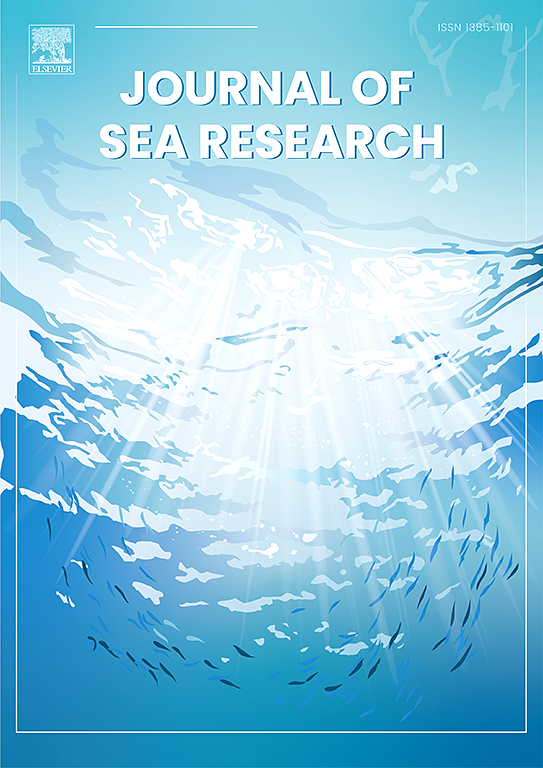在委内瑞拉湾,作为监测海龟的另一种选择
IF 2.9
4区 地球科学
Q2 MARINE & FRESHWATER BIOLOGY
引用次数: 0
摘要
保护管理项目使用了不同的方法来监测受威胁物种的数量,这些方法在有效性、持续时间和成本上各不相同;使其实施成为一项挑战。本研究的目的是测试在委内瑞拉湾使用照片识别作为一种经济和有效的替代方法来监测海龟。由于海龟个体独特且不可重复的面部鳞片模式,该议定书的实施成为可能。我们从2000年至2017年在委内瑞拉湾捕获、标记和释放的海龟记录中创建了一个照片可识别档案数据库(n = 118)。同样,我们使用两种照片匹配软件(I3S Pattern和Nature Pattern Match)来优化个体的匹配过程,并与非辅助人工方法(“通过人眼”或“通过肉眼”)进行比较,评估其效率。我们发现I3S模式在匹配过程中比NPM更有效(准确率分别为90%和65%),而手工方法的准确率远远高于软件方法。但是,前一种方法在处理大型数据库时是不切实际的。结果表明,I3S Pattern减少了所需时间,简化了人工“肉眼”分析,是最高效的图像匹配软件。我们建议在数据库中加入更多的照片,以验证所研究软件的有效性,并定期使用“人眼”手动方法验证本研究中评估的软件产生的结果。本文章由计算机程序翻译,如有差异,请以英文原文为准。
Photo-id as an alternative to monitor marine turtles in the Gulf of Venezuela
Conservation management programs have used diverse methods to monitor populations of threatened species that vary in effectiveness, duration, and costs; making its implementation a challenge. The present study was carried out to test the use of photo-identification as an economical and efficient alternative for marine turtle monitoring in the Gulf of Venezuela. The implementation of this protocol is possible due to the unique and unrepeatable facial scales pattern of individuals in the marine turtles. We created a database of photo-identifiable profiles available from records of turtles captured, tagged, and released in the Gulf of Venezuela from 2000 to 2017 (n = 118). Likewise, we used two photo-matching software (I3S Pattern and Nature Pattern Match) to optimize the process of compatibility of individuals and we evaluated their efficiency in comparison with the non-assisted manual method (“by human eye” or “by naked eye”). We found that I3S Pattern was more effective during the matching process than NPM (90 % and 65 % accuracy respectively), while the manual method was much more accurate than the software. However, the former method is impractical when working with large databases. Our results indicate that I3S Pattern represents the most efficient software of image matching by reducing the time needed and simplifying the manual “by human eye” analysis. We recommend incorporating more photos in the database in order to verify the effectiveness of both studied software, and regularly to corroborate the results generated by the software assessed on this research using the “human eye” manual method.
求助全文
通过发布文献求助,成功后即可免费获取论文全文。
去求助
来源期刊

Journal of Sea Research
地学-海洋学
CiteScore
3.20
自引率
5.00%
发文量
86
审稿时长
6-12 weeks
期刊介绍:
The Journal of Sea Research is an international and multidisciplinary periodical on marine research, with an emphasis on the functioning of marine ecosystems in coastal and shelf seas, including intertidal, estuarine and brackish environments. As several subdisciplines add to this aim, manuscripts are welcome from the fields of marine biology, marine chemistry, marine sedimentology and physical oceanography, provided they add to the understanding of ecosystem processes.
 求助内容:
求助内容: 应助结果提醒方式:
应助结果提醒方式:


